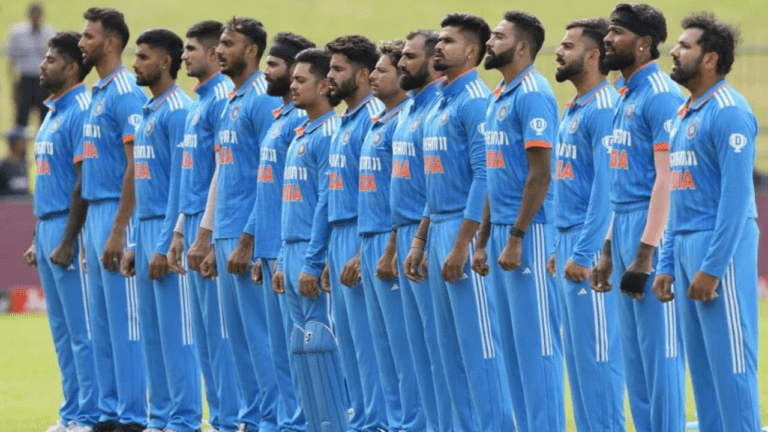Examining IPL’s Contribution to Indian Sports Infrastructure
Allpaanel, 11xPlay: The Indian Premier League (IPL) came into existence in 2008, revolutionizing the landscape of cricket in India. Launched by the Board of Control for Cricket in India (BCCI), the IPL was conceptualized as a franchise-based T20 cricket league, bringing together the world’s top cricketing talent under one roof. The inaugural season of the IPL witnessed widespread excitement and fanfare, setting the stage for what would become one of the most lucrative and popular cricket leagues in the world.
Over the years, the IPL has seen tremendous growth in terms of viewership, revenue generation, and global reach. The league’s unique format, fast-paced gameplay, and star-studded line-ups have captivated cricket fans not only in India but also across the globe. The IPL’s success has also spurred the growth of T20 cricket globally, with several other countries establishing their own T20 leagues inspired by the IPL’s model.
Impact of IPL on Cricket in India
The Indian Premier League (IPL) has undeniably transformed the landscape of cricket in India since its inception in 2008. The league has not only revolutionized the way T20 cricket is perceived but has also brought in a new era of entertainment and excitement for cricket enthusiasts across the country.
The introduction of IPL has given a significant boost to domestic cricket in India by providing a platform for young and talented players to showcase their skills on a global stage. Many cricketers who rose through the ranks of IPL have gone on to represent the national team, proving the impact this league has had on nurturing and developing cricket talent in the country.
Infrastructure Development Due to IPL
The inception of the Indian Premier League (IPL) has brought significant changes to the infrastructure of cricket in India. Hosting IPL matches requires top-notch facilities to accommodate players, officials, and fans. As a result, several cricket stadiums across the country have undergone extensive renovations to meet international standards. The infusion of funds and resources into these venues has not only enhanced the overall spectator experience but has also contributed to the overall development of cricket infrastructure in India.
Moreover, the construction of state-of-the-art training facilities and headquarters for IPL teams has become a norm. These facilities provide players with access to world-class amenities and coaching staff, enabling them to hone their skills in a professional environment. The establishment of such training centers has not only benefited IPL franchises but has also played a crucial role in nurturing young talent and bolstering the grassroots level of cricket in the country.







